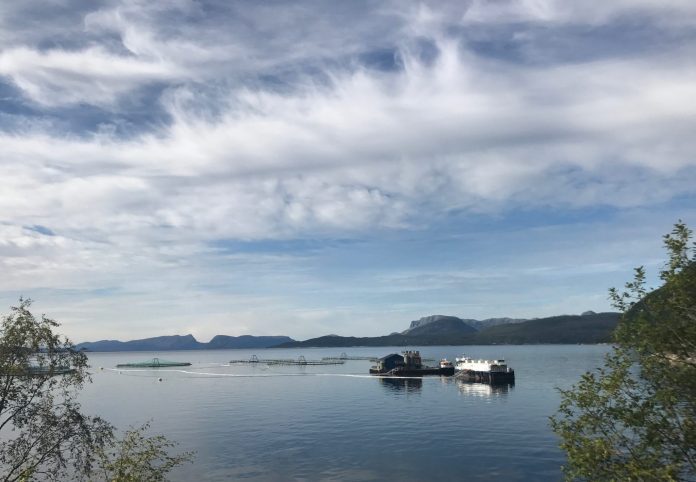Marine Harvest and peers to see higher prices early, but volume growth, too, to come early
On Friday, Leroy Seafoods reported a 13-percent drop in harvest volume year-on-year for the first quarter of 2018. Marine Harvest didn’t fall as much, but according to today’s Trading Update, the company harvested 1,500 tonnes less than it estimated when it released its fourth-quarter results.
READ EUR 155Mn operational EBIT for Marine Harvest in Q1
The quarterly Update offered no big surprises, judging by comment offered by Sparebank 1 Markets’ salmon analyst, Tore A. Tonseth.
“Marine Harvest delivered a first quarter in-line with our expectations, with EUR 155 million in operational EBIT, marginally below our EUR 161 million estimate and consensus of EUR 158 million. In the quarter, MHG harvested 81,000 tonnes, relatively close to the 82,500 t guided.
Reversed course
“The all-inclusive EBIT ended up at 18.4 kroner (EUR 1.91) per kilogram, just two percent below our EUR 1.95/kg forecast,” he wrote in a note issued to investors well before trading started Monday morning.”
Sparebank1 Markets has long been negative on the pricing the salmon shares. The stock has been too pricy, Tonseth has said, although in April, he’s had to jack-up both earnings estimates and the price target. Marine Harvest, meanwhile, set a number of share-price records last week and last traded in Oslo at 175 kroner.
Biomass growth slower
“We expect just minor changes in our estimates after this (trading) report. We have become more optimistic towards the price development in 2018 but believe the shares have rallied too much in the short-term. Key driver for the strong share performance lately has been extremely strong spot prices. A combination of volume contraction this Easter and very high demand going into 2018 has pushed the prices to record levels. Biomass in Norway is growing slower than expected, due to the cold weather, but the growth potential is still there,” he said.
“2018 is starting to look very much like 2017, with very good prices in (first-half) and higher volumes in (second-half). The only difference this year is that growth will start earlier (Q3 versus Q4 in 2017) and that standing biomass available is much higher (2017G S1 this year vs. 2016G S1 in 2017).


